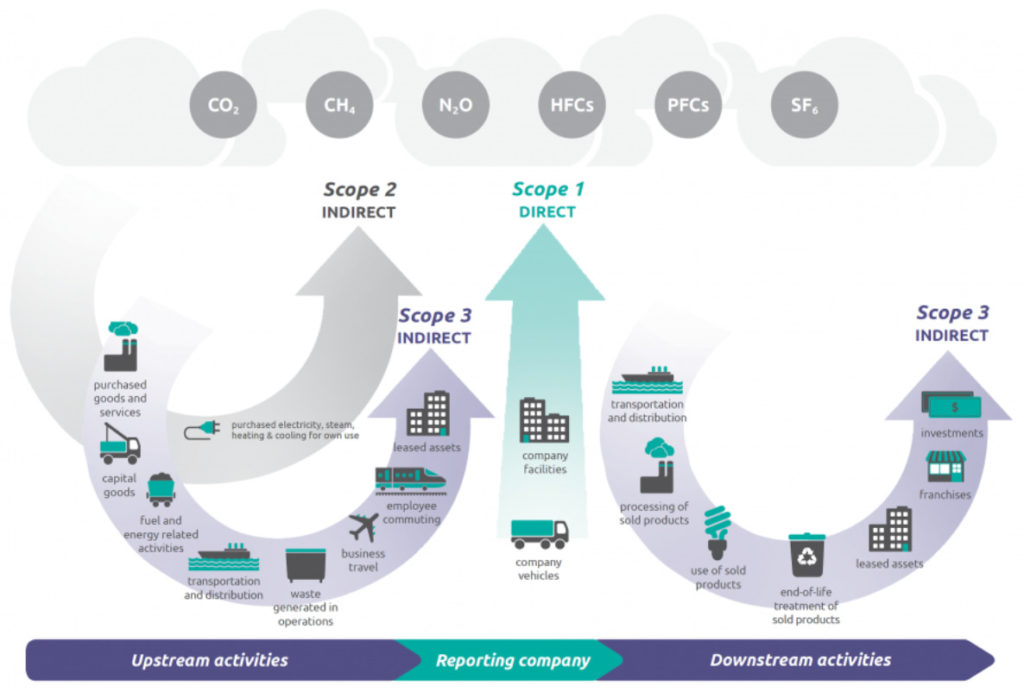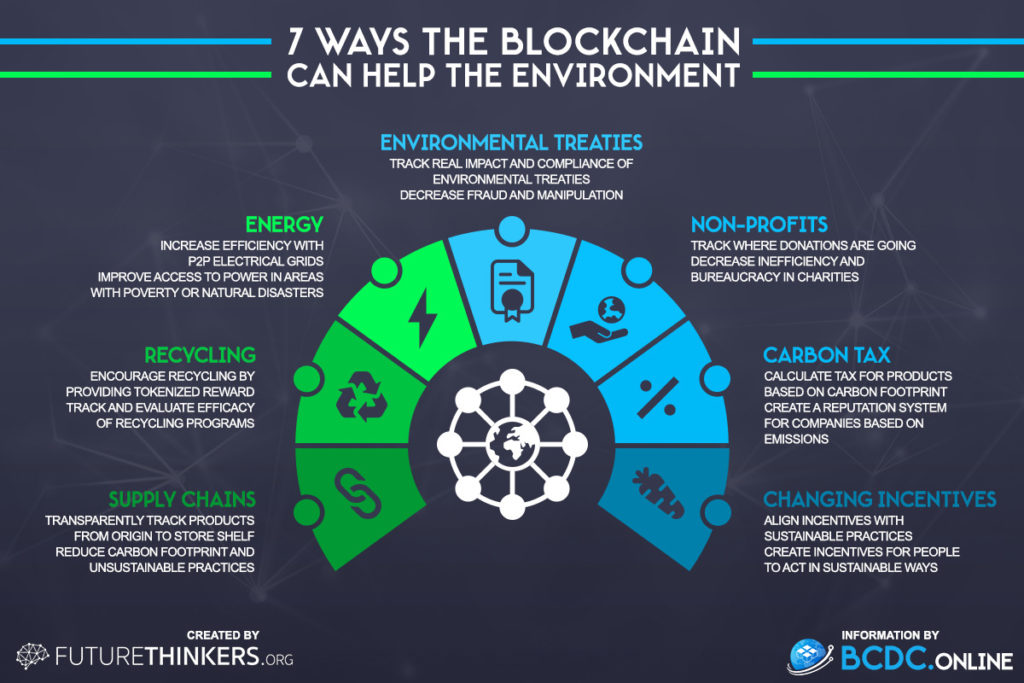By: Dylan Shapiro and Rutva Patel, Masters students working with ASU LightWorks on the Digital Carbon Warehouse

This week’s blog post will address some of the nuances and misconceptions of the monster-under-the-bed that is scope 3 emissions. Diving right in, what really distinguishes scope 3 from scopes 1 and 2? The US Environmental Protection Agency (EPA) defines scope 3 as, “the result of activities from assets not owned or controlled by the reporting organization, but that the organization indirectly impacts in its value chain.” A value chain is the full network and processes that support a particular business. This scope 3 definition is a very high-level explanation that creates a lot of gray areas for businesses and institutions. This ambiguity, complemented by the fact that organizations are not mandated to report on scope 3, takes the pressure off industries to address a significant aspect of decarbonization, let alone in a meaningful way. Scope 3 emissions are the epitome of the last mile and no marathon is complete until one goes the full distance. Greenhouse Gas Protocol's accounting and reporting standard, "Technical Guidance for Calculating Scope 3 Emissions" provides a helpful animation to visualize what activities are associated with scope 3 emissions.
Let’s take a closer look at what’s going on.
It is very important to understand that in almost all cases, a certain organization’s respective scope 3 emissions are another’s scope 1 or 2. This begs the question, is there overlap? The short answer is yes. However, for many organizations, the majority of their emissions are classified as scope 3. For instance, many service-oriented and broker-type businesses do not directly produce anything to yield emissions, but there is a good portion of these types of businesses that have vast supply chains that do. Clarifying further, even though a company is not directly emitting GHGs through their core operations, they are still held responsible for the emissions that come from their supply/value chain, which in reality wouldn’t otherwise be there if the business didn’t exist. One of the major benefits of measuring scope 3 emissions in a company's value chain is that it enables them to identify the most efficient GHG reduction opportunities to make more strategic decisions in regard to sustainability and decarbonization. Fortunately, In many cases, sustainability initiatives align with cost reductions, as processes become more efficient creating win-win opportunities for those who see the vision. On top of that, now more than ever, stakeholders are positively responding to and investing in organizations that are paving the path to a decarbonized world. There is a financially responsible way for organizations to decarbonize and it’s up to us to seek out the best ways to do so.
The overlap that exists among emission classes bolsters a sense of shared responsibility between organizations involved. Examining scope 3 highlights the opportunities for businesses and institutions within the same value chain to come together to create more collaborative, innovative, and effective solutions. Forbes suggests that the biggest mistake companies make in their decarbonization journies is the neglection of scope 3. When scope 3 is ignored, opportunities to make drastic impacts are missed, which our world can no longer afford. As far as mitigation strategies go, the next lowest hanging fruit in regard to addressing this situation is creating a mandate for companies to report on scope 3. It will be difficult for the market to generate enough pressure for change on its own. Many companies are taking action to address scope 3 through transitioning to renewable energy, purchasing carbon offsets, and/or entering into different types of power purchase agreements. This is a good thing, although as discussed in recent blog posts, there are limits to each solution.
Organizations releasing scope 3 emission data,implementation of a standardized process to track and verify respective outputs. You can’t manage what you don’t accurately measure. More importantly, in this situation, inaccurate reporting could lead to severe consequences if it became a trend, as society would be tricked into thinking we are on the right track when in reality we are not.
A smart ledger system could track activities and calculate emissions output using smart IoT enabled meters, and categorize scope classes for responsible parties. A distributed ledger of this kind would increase transparency, traceability, encourage accountability, lower the costs, and ultimately ensure that decarbonization efforts actually reflect offset emissions. Creating a tool, enabled by machine learning and artificial intelligence over a distributed ledger fabric will generate measurements that can provide a trusted network the ability to produce accurate carbon emissions reporting. Solving for the challenge of accuracy, transparency and traceability.
Currently however, there are several challenges to the proposed solution. Collection of granular data, accurate data, data cleaning cascading the right amount of the data to inform decision processes and guaranteeing the quality of these data in new areas of the value chain. As the complexity of our built environment increases, a shift to a more digitally connected world supports the theory of a new tool to soon enter the decarbonization tool chest. Opportunity in using Blockchain technology, enabled by machine learning, artificial intelligence shows promise by enhancing measurement, streamline reporting and verification for mitigation of the carbon emissions, and could incentivize and motivate organizations from all sectors to further collaborate with one another and maximize carbon intensity reduction efforts.
In an economy with so many disparate industries and competing incentives, a tool of this capacity seems more than necessary. If this theoretical ledger were to exist and its information public, would that be enough to drive industries faster towards net-zero? Check out our future blog as we dive deeper into the Digital Carbon Warehouse to explore the real world application and benefit of a distributed, immutable carbon management ledger.


